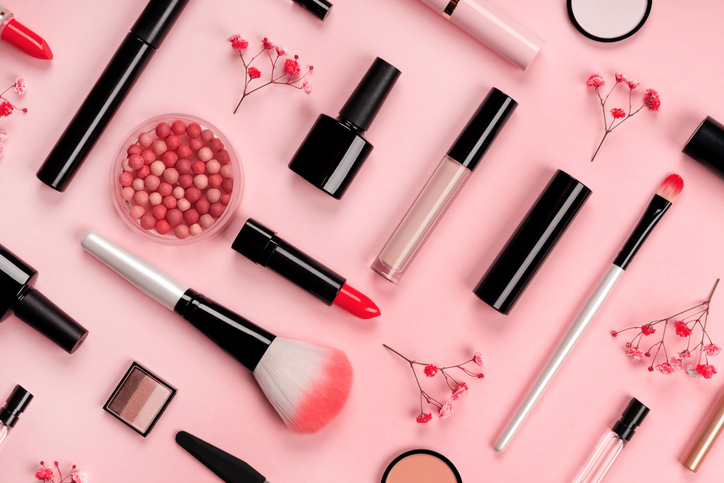Blitz News Digest
Stay updated with the latest trends and insights.
Cosmetics: The Secret Language of Colors
Unlock the hidden meanings behind cosmetic colors and transform your beauty game! Discover how hues influence your look and mood today!
Understanding Color Theory in Cosmetics: How to Choose the Right Shades
Understanding Color Theory is essential for anyone looking to choose the right shades in cosmetics. At its core, color theory involves the relationships between colors and how they interact with one another. Whether you're selecting foundation, blush, or eyeshadow, knowing your undertone is crucial. There are three main undertones: warm, cool, and neutral. For warm undertones, opt for shades with golden or yellow bases, while cooler undertones shine with pink or blue-based hues. Neutral undertones can pull off a blend of both, making the selection process more versatile.
When it comes to picking the correct shades, color harmony plays a critical role. Colors that complement each other can enhance your natural features, while clashing colors can create a disjointed look. A useful method is the color wheel, where you can identify complementary colors across from each other. For example, in eye makeup, earthy tones like browns can beautifully set off blue eyes, while shades of purple can amplify green eyes. By understanding these color relationships, you can curate a cosmetic palette that not only suits your skin tone but also elevates your beauty routine.

The Psychology of Colors in Makeup: What Your Choices Say About You
The psychology of colors in makeup plays a significant role in how we express ourselves and how others perceive us. Each color carries unique meanings and associations that can reflect our mood, personality, and even our social status. For instance, red often symbolizes passion and confidence, making it a popular choice for individuals looking to make a bold statement. Alternatively, softer shades like pastel pinks can convey a sense of calmness and femininity, appealing to those who wish to exude gentleness. Understanding these subtle nuances not only enhances personal style but also enriches our self-expression through the art of makeup.
Your choice of makeup color can also act as a silent communicator to those around you. A study of color psychology reveals that individuals who favor darker shades, such as black or deep purple, may be perceived as mysterious or rebellious, while those who opt for bright hues like orange or yellow are often seen as approachable and energetic. This is why it is vital to consider not just how you feel in a particular color, but also how it may influence the perceptions of others. Ultimately, the colors you choose in makeup provide insight into your character and emotions, creating a fascinating interplay between personal choice and societal perception.
How to Use Color Theory to Enhance Your Natural Beauty
Understanding color theory is essential for enhancing your natural beauty through makeup, fashion, and even hair color. At its core, color theory is the study of how colors interact, complement, or contrast with one another. By determining your skin tone, you can select colors that highlight your features, making your beauty stand out. For instance, if you have a warm undertone, colors like peach, coral, and warm shades of brown will complement your complexion, creating a harmonious look that enhances your natural beauty.
Moreover, using the principles of color theory can extend beyond makeup; it can also influence your wardrobe choices. Consider employing a color wheel to identify complementary colors that suit your style. For example, pairing earthy tones with bright accessories or wearing jewel tones with neutral outfits can create striking visual contrasts. Remember, the right colors can not only make you look radiant but also boost your confidence, allowing your natural beauty to shine through effortlessly.